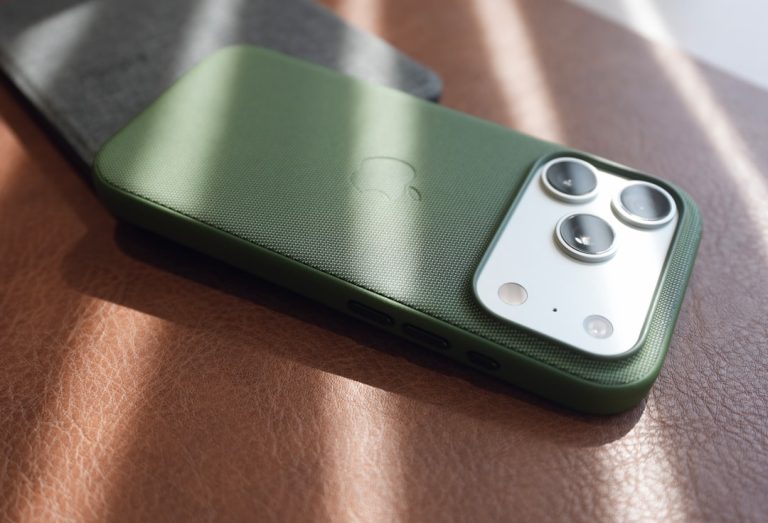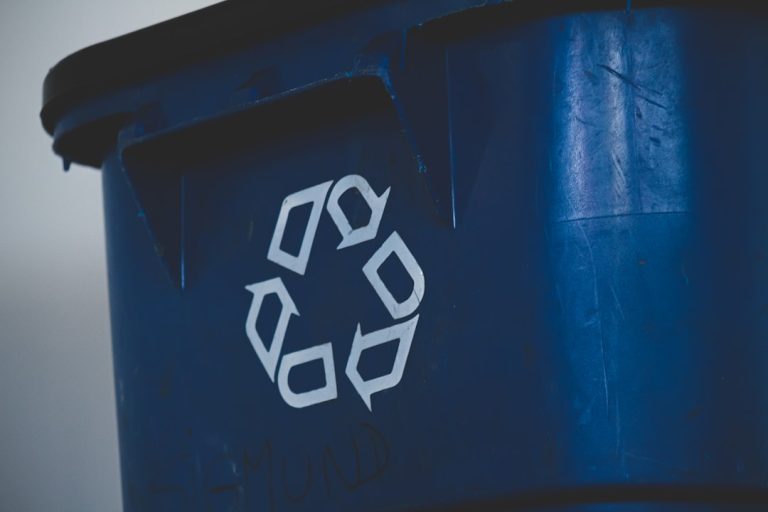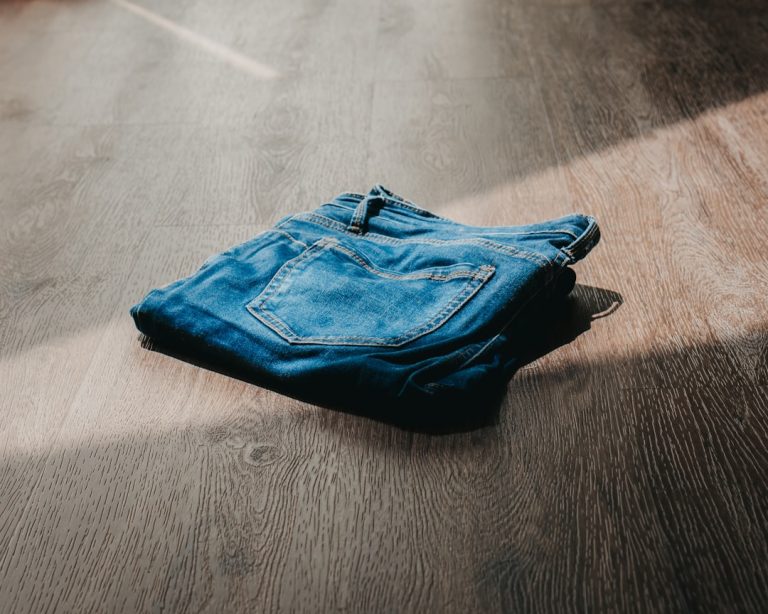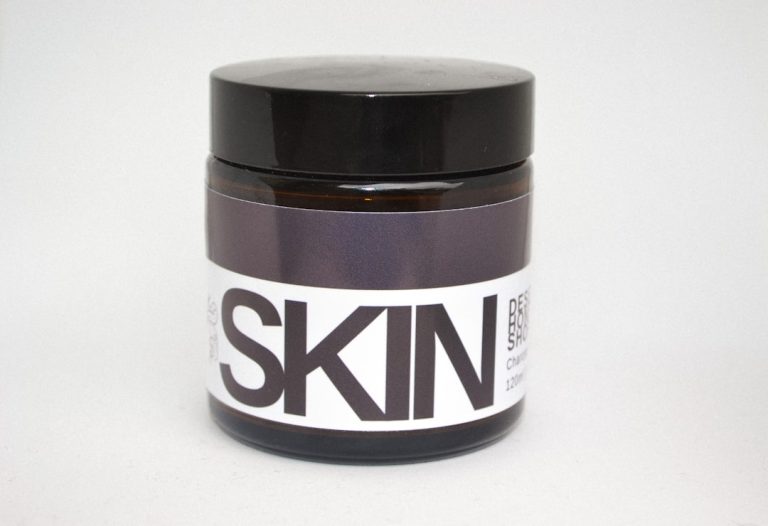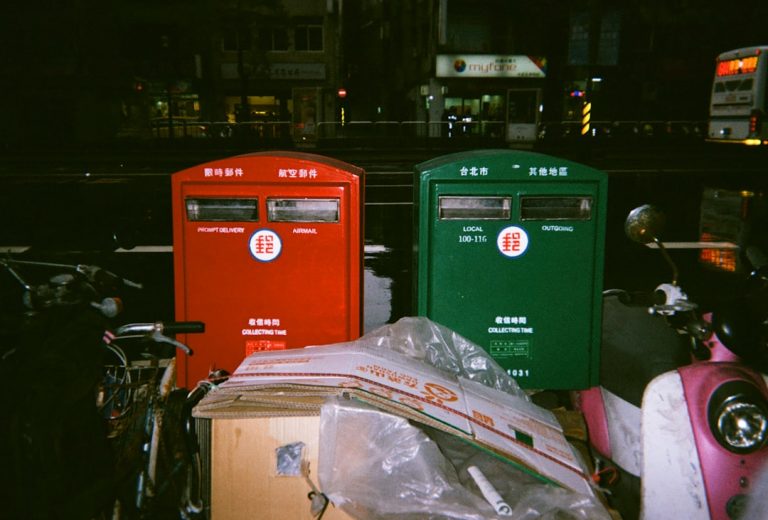My In-depth Review: Reusable Coffee Cups (which One Keeps Your Drink Hot Longest?).
My In-depth Review: Reusable Coffee Cups (which One Keeps Your Drink Hot Longest?)
There’s nothing quite like that first sip of perfectly hot coffee in the morning. Or the second. Or the tenth. But let’s be honest, how often does your beloved brew stay piping hot past the 20-minute mark once it’s in your reusable cup? For many of us, the answer is “not often enough.” We grab a reusable cup for its environmental benefits, hoping it will also be a faithful guardian of warmth. But with countless options on the market – from sleek stainless steel to charming ceramic – how do you know which one truly delivers on the promise of sustained heat?
I’ve been on a personal quest to find the ultimate reusable coffee cup, one that doesn’t just look good, but excels at its primary mission: keeping my drink hot, and I mean *hot*, for as long as humanly possible. This isn’t just about avoiding lukewarm disappointment; it’s about maximizing enjoyment and getting the most out of every brew. So, I decided to put a range of popular reusable coffee cups to the test, subjecting them to a rigorous, real-world heat retention challenge. My goal? To uncover the scientific secrets behind superior insulation and crown the undeniable champion of sustained warmth.
Setting the Stage for the Ultimate Heat Retention Challenge
To truly answer the question of “which one keeps your drink hot longest?”, I knew a casual observation wouldn’t cut it. I needed a systematic approach, a controlled environment, and consistent measurements. My review wasn’t just about using a cup for a day; it was about understanding its thermal performance under comparable conditions. I gathered a diverse selection of reusable cups, representing various materials, insulation technologies, and lid designs.
My Methodology: The Warmth Endurance Test
Here’s how I put each cup through its paces:
- Standardized Starting Temperature: Every cup began its journey with freshly brewed coffee heated to precisely 185°F (85°C). This ensured a fair and consistent baseline for all contenders.
- Consistent Environment: All cups were placed side-by-side in a room with a stable ambient temperature of 70°F (21°C). This eliminated external variables like drafts or direct sunlight from skewing the results.
- Regular Temperature Checks: Using a digital thermometer, I meticulously measured the coffee’s temperature inside each cup at 30-minute intervals for up to four hours, or until the temperature dropped below a “comfortably warm” threshold of 120°F (49°C).
- Lid Integrity: For each test, the lids were securely fastened, mimicking real-world usage where you’re trying to keep the heat in. I also noted any cups that seemed to have less secure seals.
This methodical approach allowed me to gather objective data, moving beyond anecdotal evidence to pinpoint which design elements and materials truly excelled at locking in heat. The results were quite illuminating, revealing clear leaders and some surprising underperformers in the race against the chill.
Unpacking the Science: What Makes a Reusable Cup Keep Coffee Hot?
Before diving into the specific test results, it’s crucial to understand the fundamental principles that govern heat retention in these everyday vessels. It’s not magic; it’s physics. The primary goal of any insulated cup is to minimize heat transfer from the hot liquid inside to the cooler environment outside. There are three main ways heat can escape:

- Conduction: Heat transfer through direct contact (e.g., through the cup walls).
- Convection: Heat transfer through the movement of fluids (e.g., hot air escaping from the lid).
- Radiation: Heat transfer through electromagnetic waves (less significant for typical cup materials but still a factor).
The best reusable coffee cups employ strategies to combat all three.
The Critical Role of Materials and Insulation Technology
The choice of material and how it’s engineered plays the most significant role in a cup’s ability to retain heat. My tests consistently highlighted the supremacy of certain designs.
- Vacuum-Insulated Stainless Steel: This was, without a doubt, the reigning champion. Most top-performing cups utilized a double-walled stainless steel construction with a vacuum seal between the two layers. Stainless steel itself is a poor conductor of heat compared to other metals, but the true hero here is the vacuum. A vacuum is an absence of matter, meaning there’s virtually nothing for heat to conduct or convect through. This drastically reduces heat loss. Learn more about vacuum insulation principles on Wikipedia.
- Double-Walled, Non-Vacuum: Some cups feature two layers of material (like plastic or ceramic) with air trapped in between. While better than a single wall, air is still a conductor, albeit a poor one. These performed moderately well but couldn’t compete with the vacuum-sealed counterparts.
- Single-Walled (Ceramic, Glass, Plastic): These cups are primarily designed for aesthetics or convenience, not heat retention. Heat rapidly conducts through their single layer, making them suitable only for very short-term warmth. My tests confirmed they lost heat rapidly, often becoming lukewarm within 30-45 minutes.
The Often-Overlooked Importance of Lid Design
Even the most advanced insulation in the cup body can be undermined by a poor lid. Heat rises, and if your lid isn’t doing its job, heat will escape through convection and evaporation. My review paid close attention to lid performance:
- Screw-On, Leak-Proof Lids: Cups with tightly sealing, screw-on lids consistently performed better. These create a strong barrier, preventing steam and heat from escaping.
- Flip-Top or Slider Lids: While convenient for drinking on the go, the opening mechanism often creates a weak point. Even when “closed,” some designs allow for minor heat leakage. The tighter the seal when closed, the better the heat retention.
- Material of the Lid: Thicker plastic or silicone lids generally offered better insulation than thin, flimsy ones.
A secure, well-designed lid is truly the unsung hero in the battle against cold coffee. It’s often the weakest link in the thermal chain, so choosing the right lid is paramount.
The Great Warmth Showdown: My Real-World Temperature Retention Test
After meticulously gathering data from over a dozen different reusable cups, the results painted a clear picture. The contenders varied wildly in their ability to maintain that comforting warmth, but a distinct pattern emerged, directly correlating with the insulation principles I just outlined.
The Front-Runners: Undeniable Champions of Enduring Heat
The clear winners in my extensive testing were consistently the vacuum-insulated, double-walled stainless steel cups. These cups maintained a drinkable temperature (above 120°F/49°C) for an impressive 3 to 4 hours, with some premium models even pushing past the 5-hour mark. The initial temperature drop was minimal in the first hour, demonstrating their superior ability to lock in heat. The combination of stainless steel’s inherent properties and the vacuum barrier proved unbeatable.
- Key Characteristics of Top Performers:
- Robust Stainless Steel Construction: High-quality, food-grade stainless steel body.
- True Vacuum Insulation: A genuine vacuum seal between inner and outer walls.
- Airtight, Screw-On Lids: Lids

